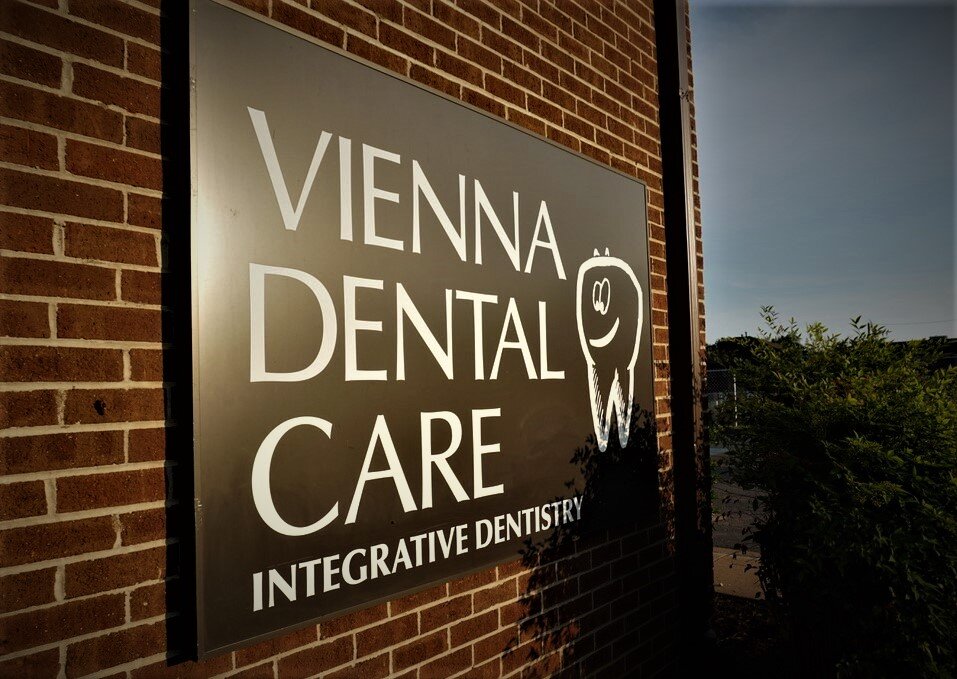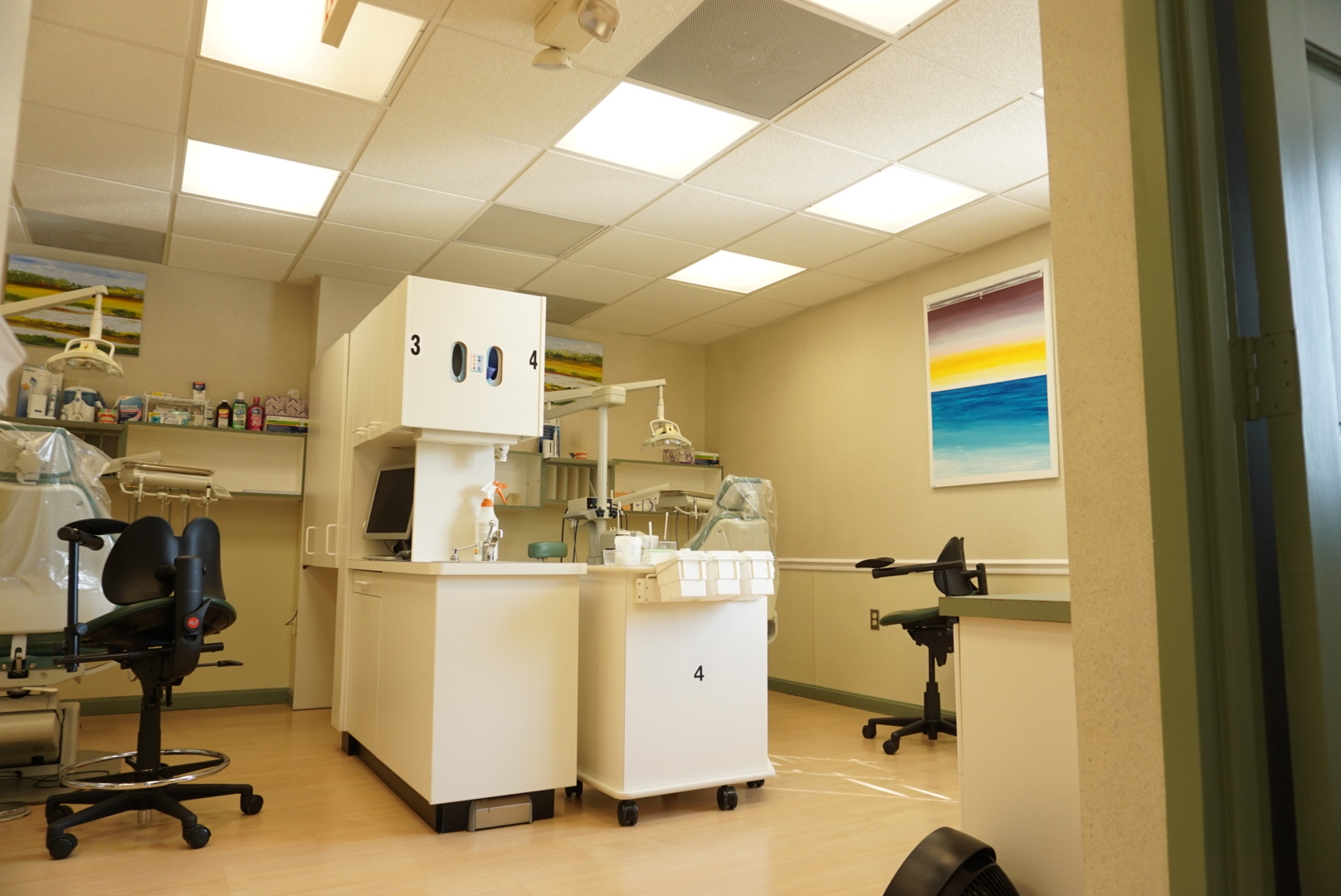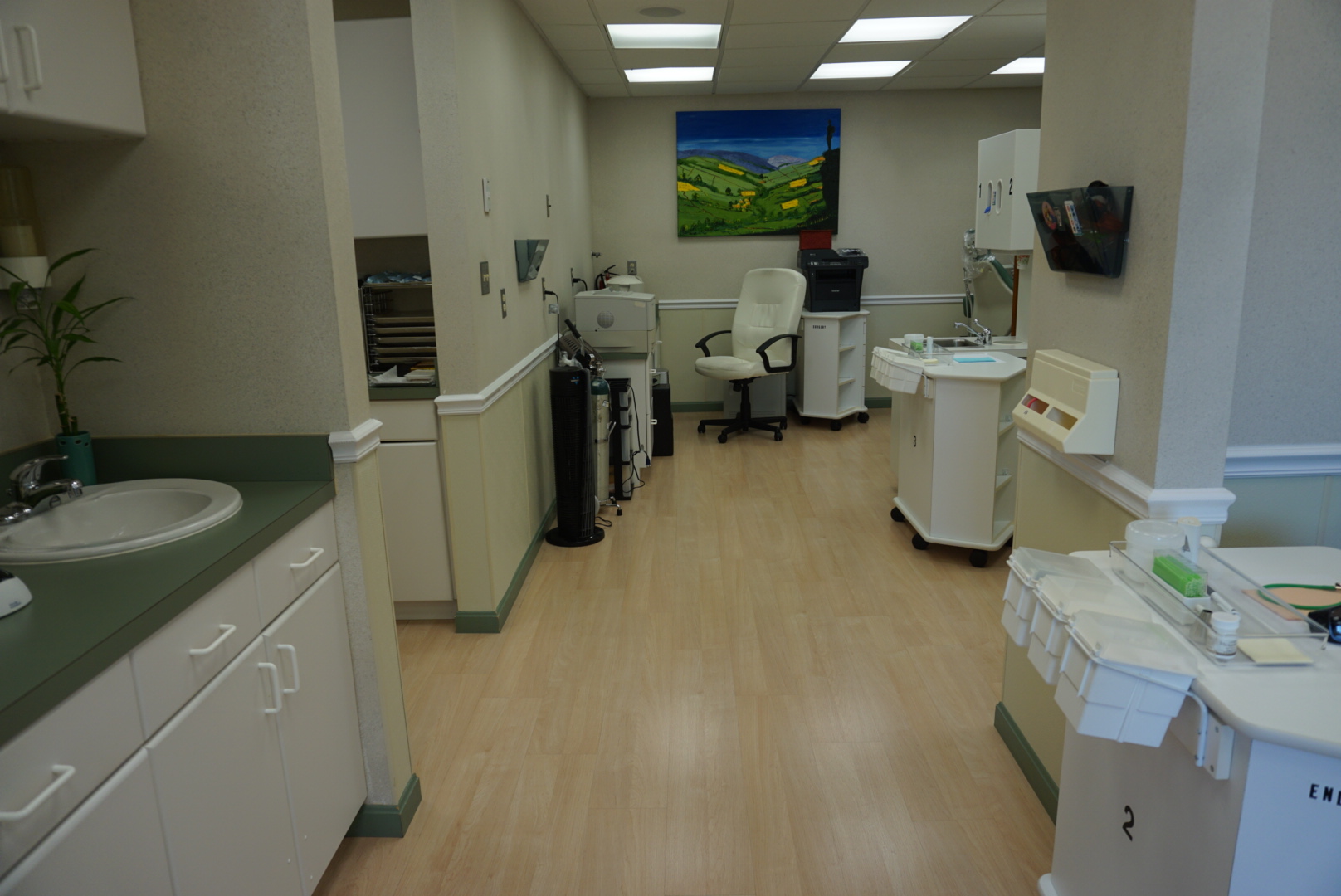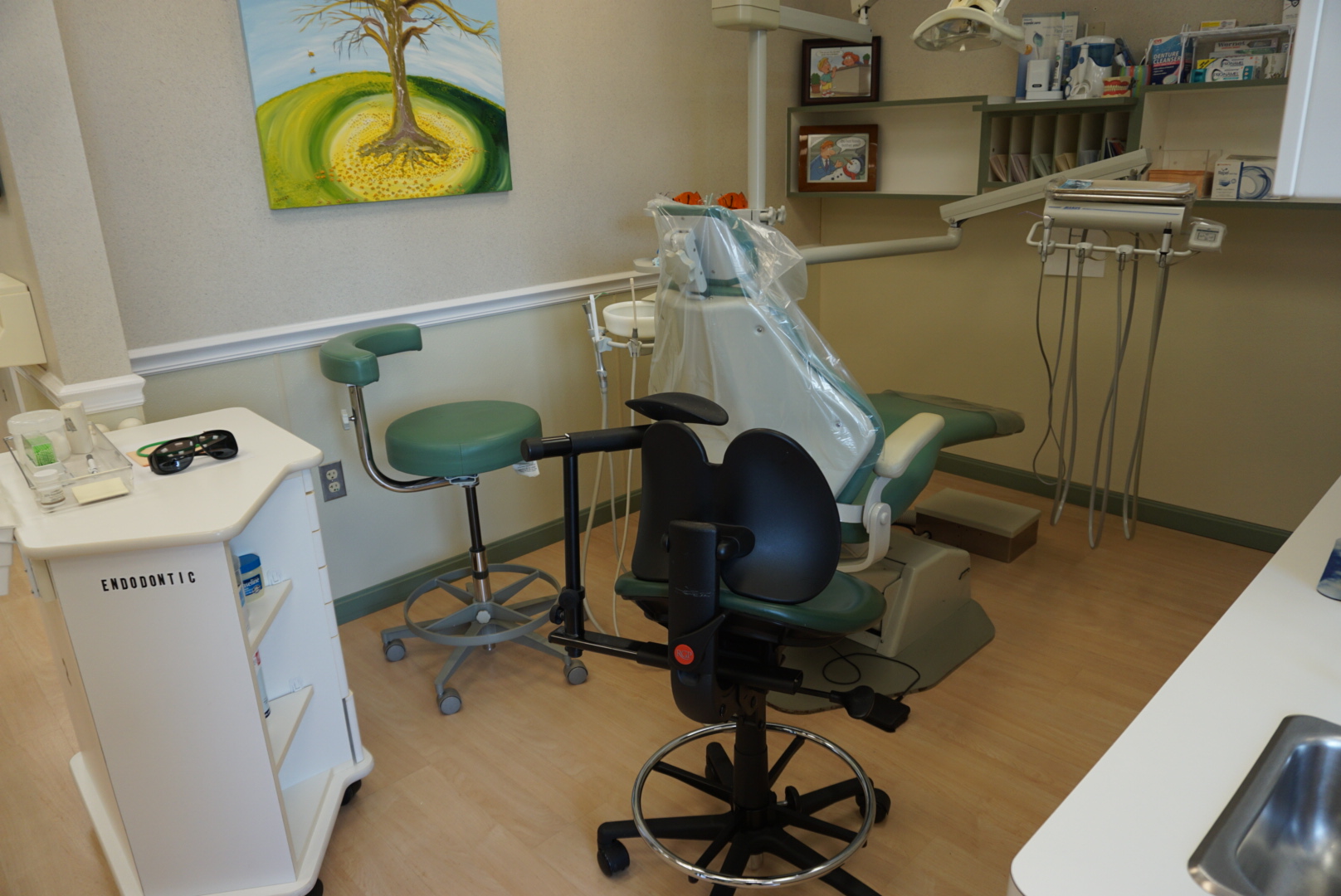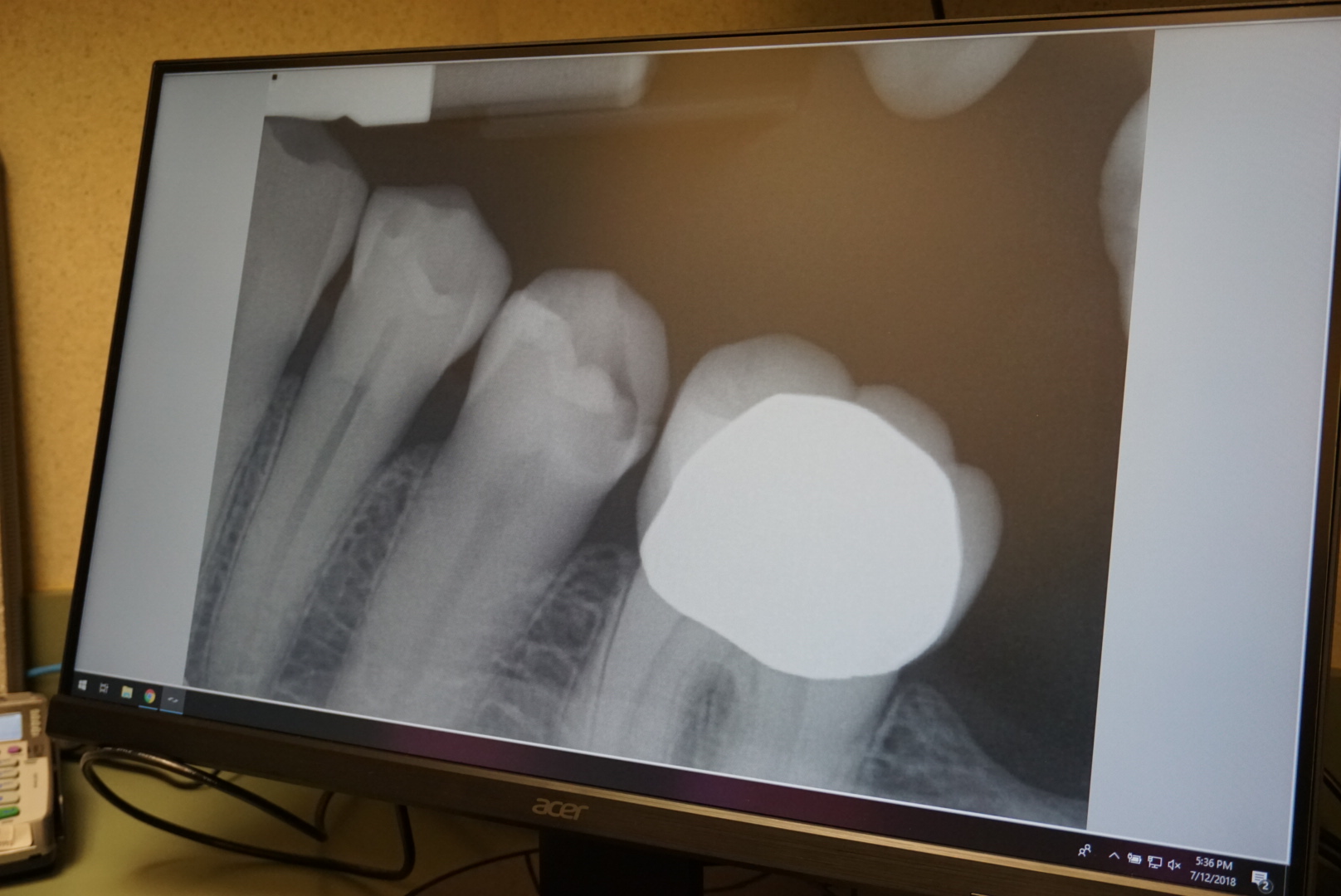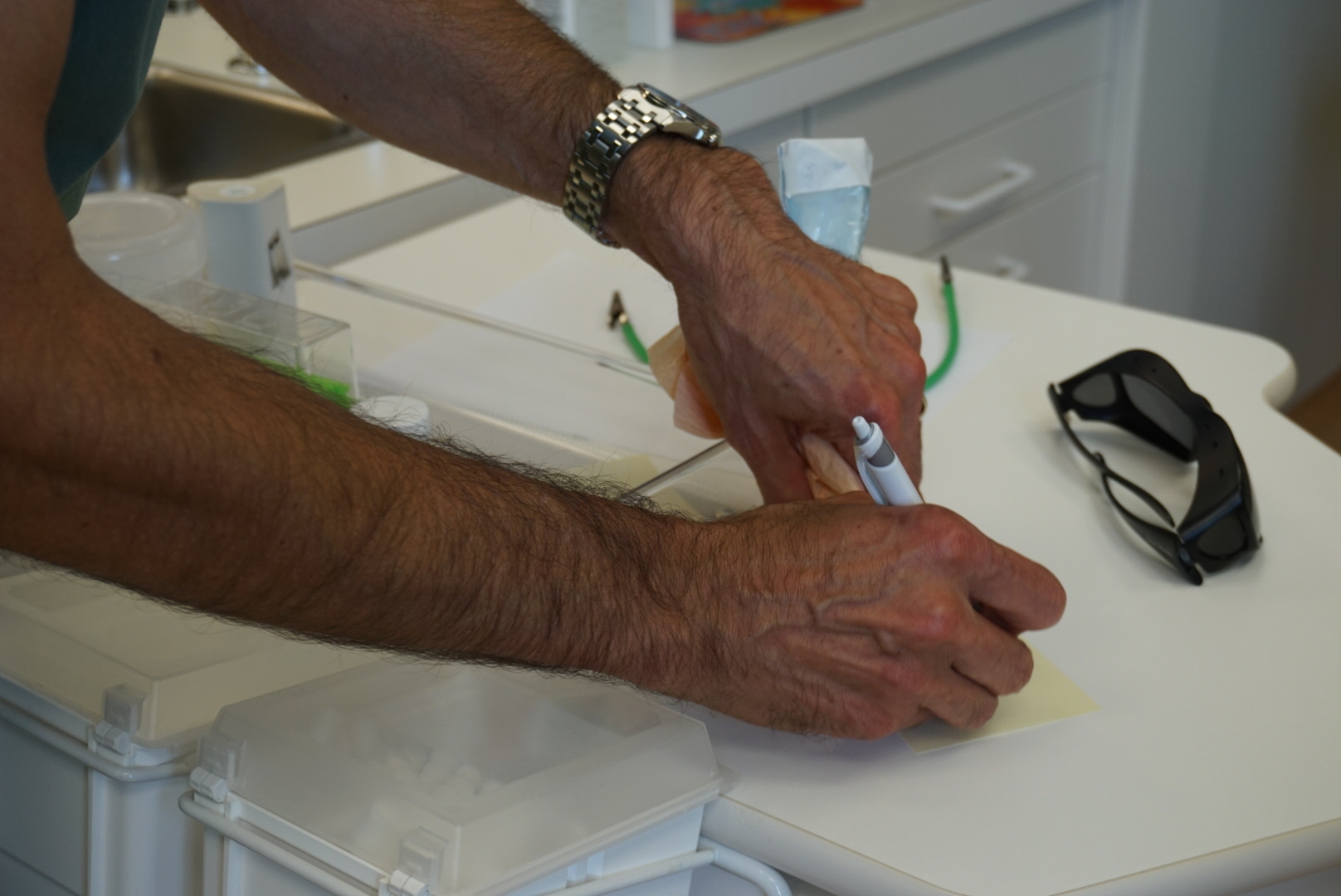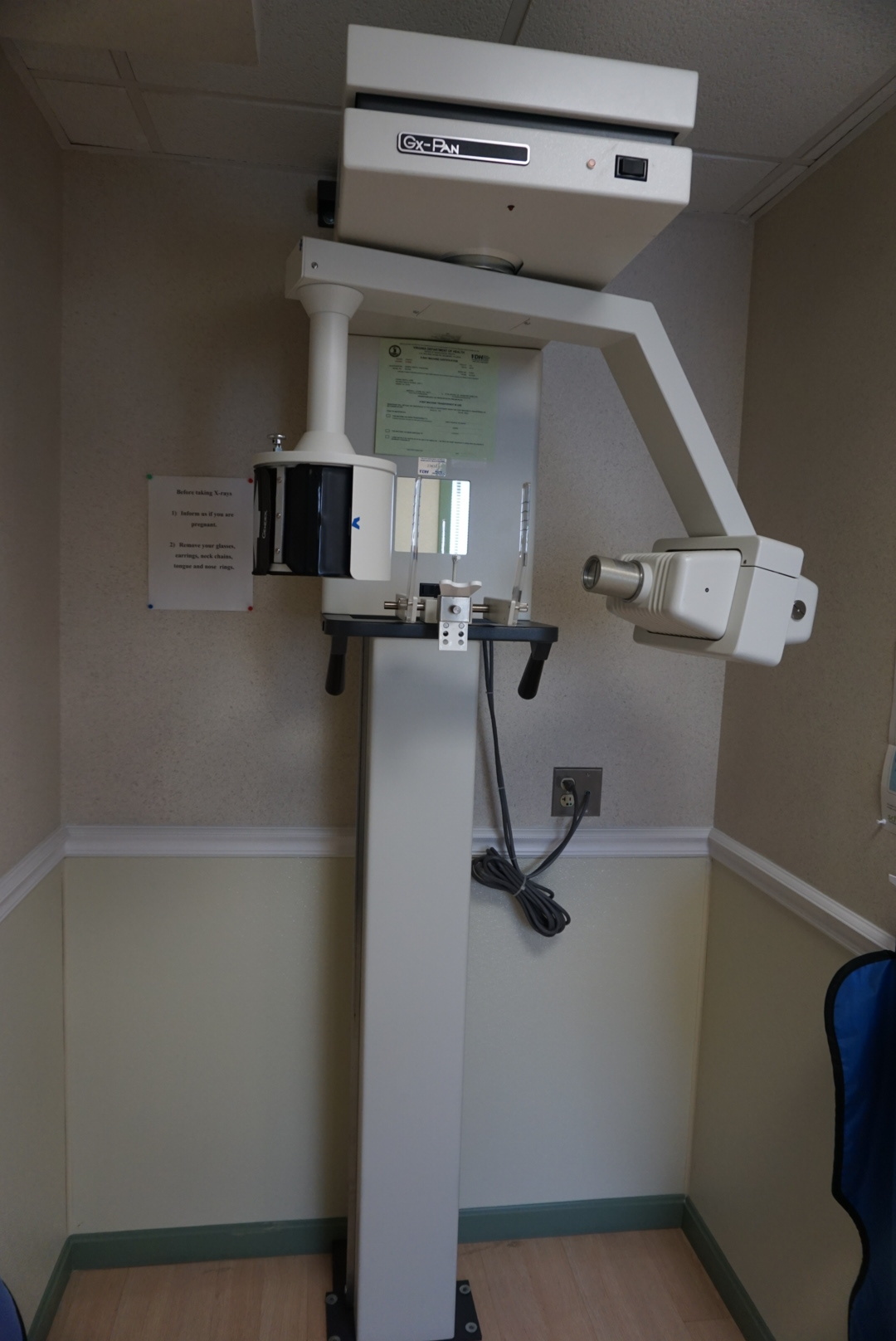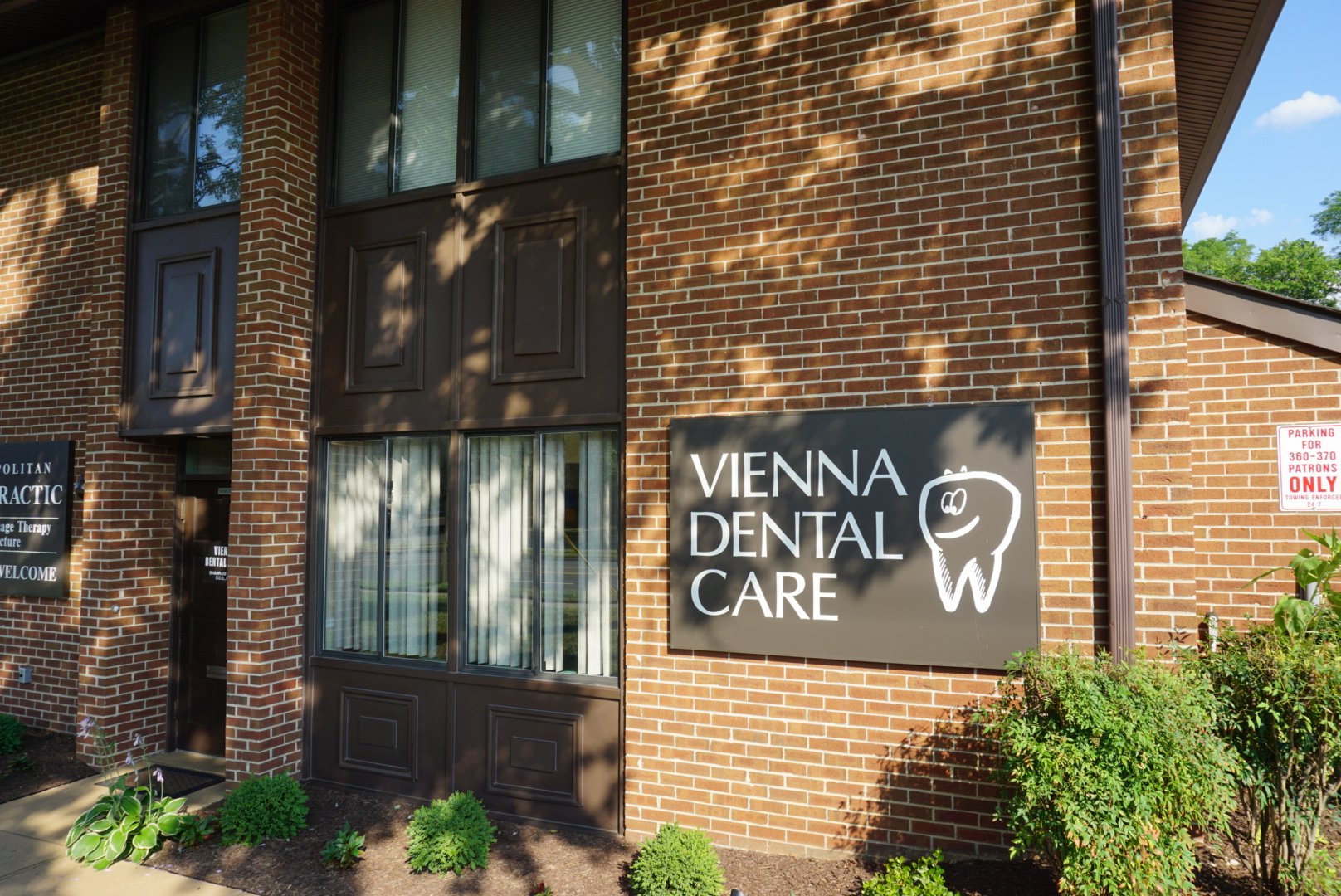
Meet our Dentist
Shahram Sabet DDS





Dr. Sabet graduated in 1996 and has successfully completed 2 years post-graduate training in advanced general dentistry, implantology and oral reconstruction.
He has over 20 years experience with adults and children and has been practicing in the state of Virginia since 2001.
Licensure
• Virginia Dental License
Education
Postgraduate in Implantology, Oral Reconstruction & Occlusion, Howard University Dental School, Washington D.C. (2000-2001)
Postgraduate in Advanced General Dentistry (A.G.D.), Howard University Dental School, Washington D.C. (1999-2000)
Restorative Technique Course, University of California at Los Angeles, L.A., CA (2001)
Maxi Course, Comprehensive training program in all phases of Dental Implantology approved by AAID (2000 & 2001)
Diploma of Graduation DDS, U.S.B. (National) University, Tehran, Iran (1996)
General Certification of Education (‘A’ level), Filton Technical College, Bristol, England (1988)

Integrative Dentistry
A Holistic Approach to Oral and Overall Health
Over the years, our understanding of the intricate connection between oral health and overall well-being has significantly deepened. It has become evident that adopting a holistic view of the human condition is crucial for comprehensive healthcare.
In 1840, the Baltimore College of Dental Surgery, founded by Horace Hayden and Chapin Harris, marked the inception of the world's first Dental School. This pioneering institution also introduced the doctor of dental surgery (D.D.S.) degree.
Later, in 1867, the Harvard University Dental School emerged as the first university-affiliated dental institution. Recognizing the importance of interdisciplinary collaboration, this dental school, affiliated with the university's medical school, introduced the Dentariae Medicinea Doctor (D.M.D.) degree. Their mission has been to cultivate a global community of leaders committed to advancing human health through the integration of dentistry and medicine in education, research, and patient care.
The concept of integrative medicine aligns well with the principles of holistic healthcare. It places emphasis on a healing-oriented approach, recognizing the pivotal role of the physician-patient relationship. By prioritizing the least invasive, least toxic, and least costly methods, integrative medicine combines conventional and complementary therapies. It acknowledges the physical, emotional, psychological, and spiritual dimensions of an individual when recommending appropriate therapies (David Rakel, M.D., Andrew Weil, M.D).
In essence, integrative medicine is a form of healing-oriented healthcare that considers the whole person, encompassing the body, mind, and spirit. It integrates various lifestyle factors and embraces both conventional and alternative therapies (Andrew Weil Center for Integrated Medicine).
According to the World Health Organization (W.H.O), health is not merely the absence of disease or infirmity, but a state of complete physical, mental, and social well-being.
Distinguishing it from cure, healing involves facilitating change to reduce stress, improve diet, promote exercise, and foster a sense of community. By improving the overall health balance of the body, healing can potentially reduce reliance on pharmaceutical agents and diminish the need for curative interventions (Integrated Medicine, David Rakel, Ch 1).
In our practice, we embrace an integrative approach to dentistry. Our core belief is that care should be rooted in healing and tailored to meet the unique needs and desires of each patient.
We place the patient at the center of our attention, and all our actions are driven by open and transparent communication. Starting with a comprehensive examination, diagnosis, and treatment planning, we strive to execute procedures meticulously. Our commitment to patient care extends to post-operative follow-up.
We firmly believe in collaborative teamwork with other healthcare specialists, fostering cooperation and effective communication among all clinicians involved in the healing process. By working together, we aim to provide the best possible outcomes for our patients.


